
In turn, we use cookies to measure and obtain statistical data about the navigation of the users. You can configure and accept the use of the cookies, and modify your consent options, at any time.

Rather than shying away from finances, the artist Austin Houldsworth has decided to make it his project to reimagine that which burdens so many creatives: money.
Austin Houldsworth is a unique case of artist. Rather than shying away from finances, he has decided to make it his project to reimagine that which burdens so many creatives: money. Since the time of Aristotle 2500 years ago, money has been defined by three functions: a store of value, medium of exchange, and unit of account. By playing with these axioms in a radical fashion, Houldsworth imagines divergent ideas of what money could be in the future. He recalls the start of his pecuniary career in 2009 when the financial sector would invite him to discuss the future of money for ‘light entertainment’. Today, it’s out of curiosity.
I’ll admit, when we decided that this issue of FARSIGHT would be on the future of money, I was a bit anxious. I struggle to think of future alternatives to our current monetary system. Payment cards, cash, cryptocurrencies, systems of bartering… they all seem to be derivations of the same idea of money stretching back millennia, and simply occupying different physical (or virtual) forms. As someone who engages in speculative design, why do you think this is?
I certainly felt that when writing my doctoral thesis. I was desperately trying to create radically different ideas of money but ended up propagating the things I already knew. I kept thinking: “Well, no one is going to recognise this as money,” and would abandon any radical idea I had.
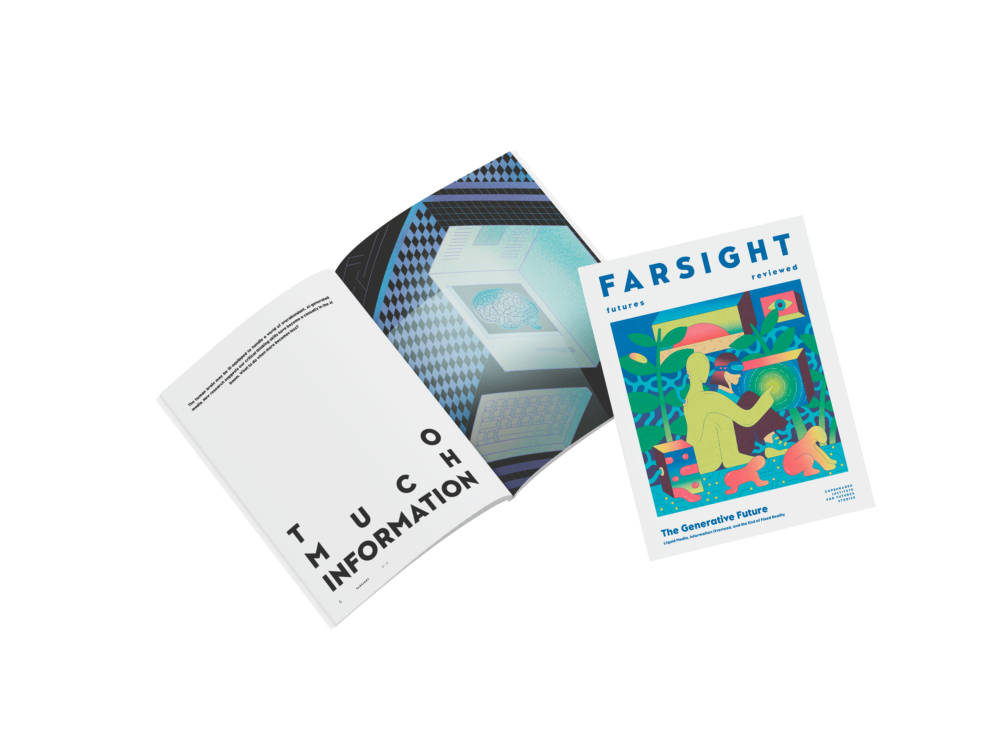
Broaden your horizons with a Futures Membership. Stay updated on key trends and developments through receiving quarterly issues of FARSIGHT, live Futures Seminars with futurists, training, and discounts on our courses.
become a futures memberThe designer’s creative intuition combined with our monetary paradigm paralysis means that even progressive notions around money often seem a little banal. I think you can get caught in a kind of feedback loop of what we know to be, and it’s very difficult to go beyond that given how ubiquitous and homogenised today’s money is. I also think that designers are good at designing through intuition – we are trained to look at the world in which we intuitively know things to be true and then design in that realm. And if you do that with money, well, then you are continuing to propagate one idea.
I remember reading David Graeber’s Debt: The First 5000 Years, where he challenges the idea that markets are ‘natural’ or a kind of a priori truth of human society. Instead, these markets have been actively shaped by human societies, power structures, and historical conditions. Yet, it’s difficult to see past this monetary conditioning, to see it as something we have invented.
Well, it is, and it isn’t. It has evolved over thousands of years. But it’s gotten to the point now where we are propagating a notion of money that was once linked to intrinsic qualities of commodities, onto something which we control pretty much every aspect of within the digital world. It becomes a challenge to even think about an alternative could be. It’s a bit akin to what the culture critic Mark Fisher once said: that “it’s easier to imagine the end of the world than the end of capitalism.” But if that’s the case, then perhaps the same is true for money, for isn’t money the ‘lifeblood’ of capitalism?
Author Brett Scott critiques this sanguine metaphor in the first pages of his book Cloudmoney. He argues that the financial sector likes to portray money as the lifeblood of the global economy to make you think that the financial sector is at human society’s ‘heart’.
But then equally, within blood you have all kinds of other things going on – hormones, for example. So even in that metaphorical framework, ‘blood’ could function differently and change or push society in new directions.
Imagine you’re facilitating a workshop where participants are challenged to reimagine the future of money. How would you encourage me, as a participant, to adopt a speculative design mindset?
Well, if I were running a workshop, I would usually get participants to define money themselves. You see, the three axioms [store of value, unit of account, medium of exchange] are a propagated error anyway. It’s a useful way to explore money in that it’s similar to how economists define money – but that’s about it.
Then, I’d encourage them to play with that definition; maybe alter it and switch bits on and off. Create new additions to the definition. Think about what would be a resonant cultural context in which money might operate. Hopefully, it would enable them to think of money as intrinsically linked to society.
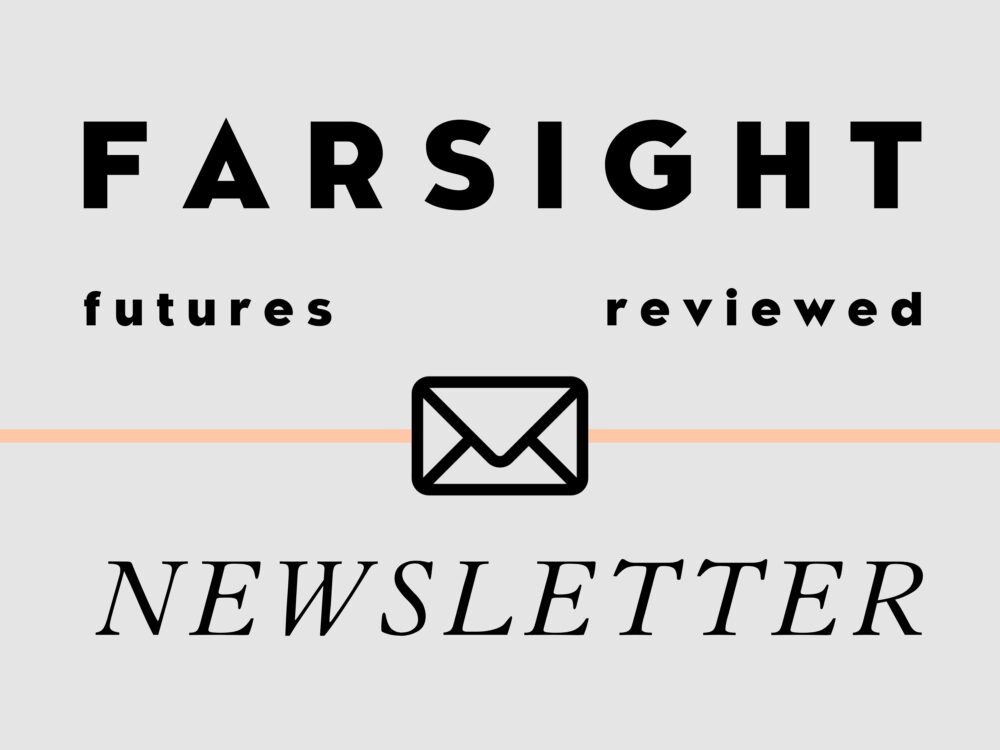
Explore the world of tomorrow with handpicked articles by signing up to our monthly newsletter.
sign up hereWhen I tried this with newly graduated university students, I noticed a problem in that this kind of critical design requires a certain level of understanding before it enables freedom of creativity. In some ways, students can be quite conservative. They’ve come out of an education system which has told them that there’s a certain way ‘things work’ and they feel comfortable with that. Then, suddenly, another person comes along and says: “Actually, it’s all up for grabs, there’s no stable ground!”
Often, it’s about front-loading a lot of this information: giving students historical case studies which elucidate the fact that we’ve not always had this type of payments ystem. There’s not one way of organising the economy and wider society. You can explore many different avenues, and some of these may lead to new ways of thinking about money.
Before I embarrass myself by trying to think of alternatives on the spot, let’s talk about one of your most successful works: Walden. It envisions a new method of exchange that encourages people to actively destroy their money during a transaction. How did you adjust the axioms underpinning money in this exhibition?
The work was looking at the three functions of money and switching some of them off. The one I wanted to get rid of was the store of value. Now, the problem is, to imagine money with no store of value within our current system would be pretty weird.
So, I found a social science fiction novel by B.F Skinner called Walden Two, which presents a utopia in which everyone is psychologically conditioned to behave as selfless individuals. Skinner actually invented the idea of positive reinforcement. From a very young age, people in Skinner’s novel are programmed to put society above their own interests. And this is how money as a store of value is avoided, because there’s no incentive to maintain and increase one’s wealth.
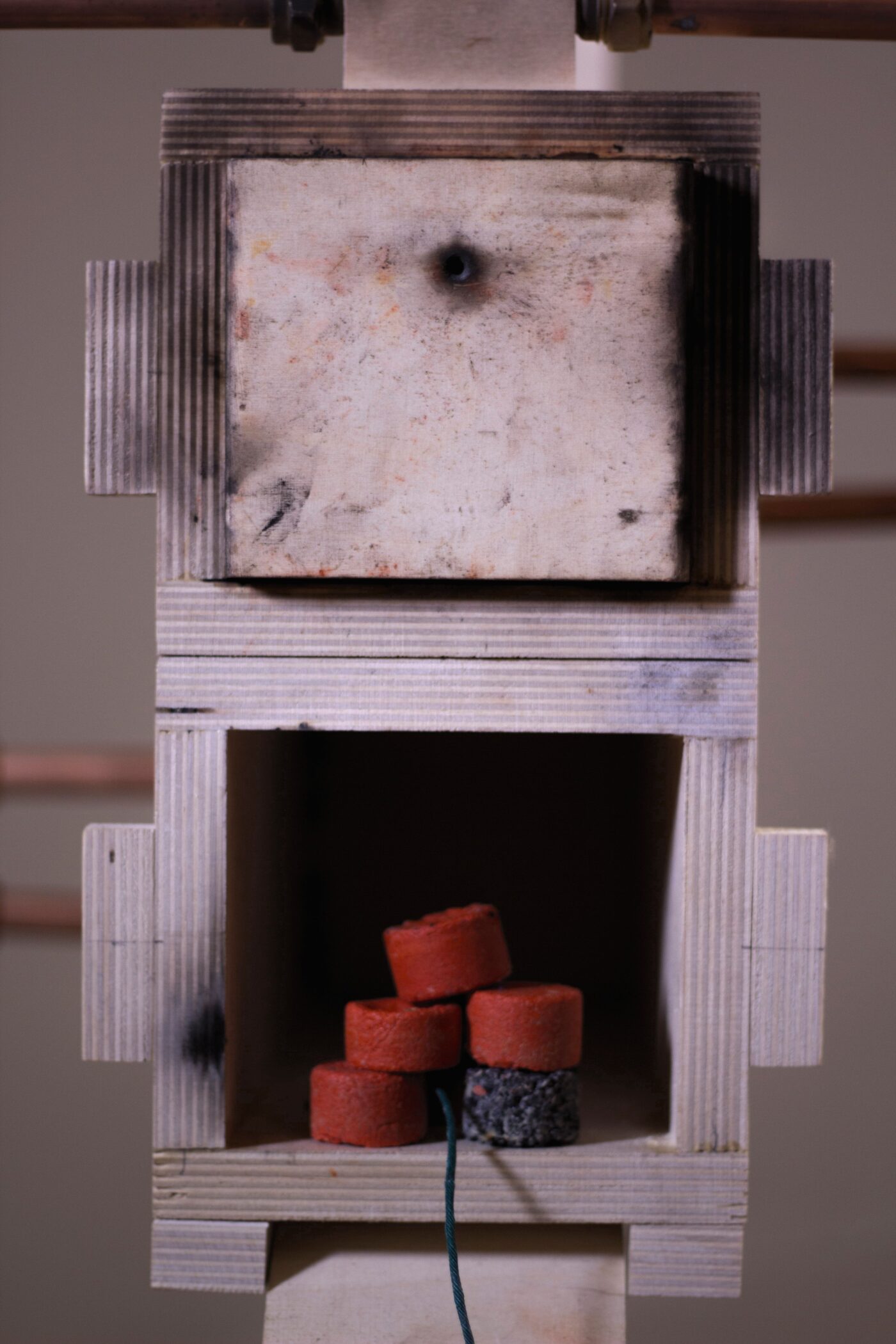
During a financial transaction in the exhibition, the seller is obliged to help the buyer in destroying their money equivalent in worth to whatever they are purchasing. The end of the transaction occurs at the point of sale. Money in this scenario are coins made of potassium nitrate and sugar to create smoke when burnt. When the seller destroys them, they place the coins in an incinerator which also functions as an organ. Through burning the money, musical Walden ‘notes’ are created: a one-unit coin is a C, a two-unit a D, a three-unit E, and the duration of the note refers to the amount.
Since Walden exists in a centrally planned economy, the managers and central planners can then listen to this cacophony of transactions to determine how well they are planning the economy and make necessary adjustments.
Another weird thing with this world is that because they’re selfless individuals, the creation of money is left to the people. So, when someone is doing a job, there’s a payment amount suggested by the central planners that corresponds to a given type and duration of work. But, as we all know, top-down decisions aren’t always accurate, so if there’s more work to be done, workers can simply create more coins and pay themselves. Remember, all the workers are psychologically conditioned to be selfless. But theoretically, there’s no limit on how much they could pay themselves.
Tough to wrap one’s head around. Why do you think the work was so successful?
In one way, I think there’s a similarity to how we deal with money now, specifically its ethereal aspect. Also, there’s probably a general distaste of money… so the idea of setting it alight is likely appealing to all those oppressed by it!
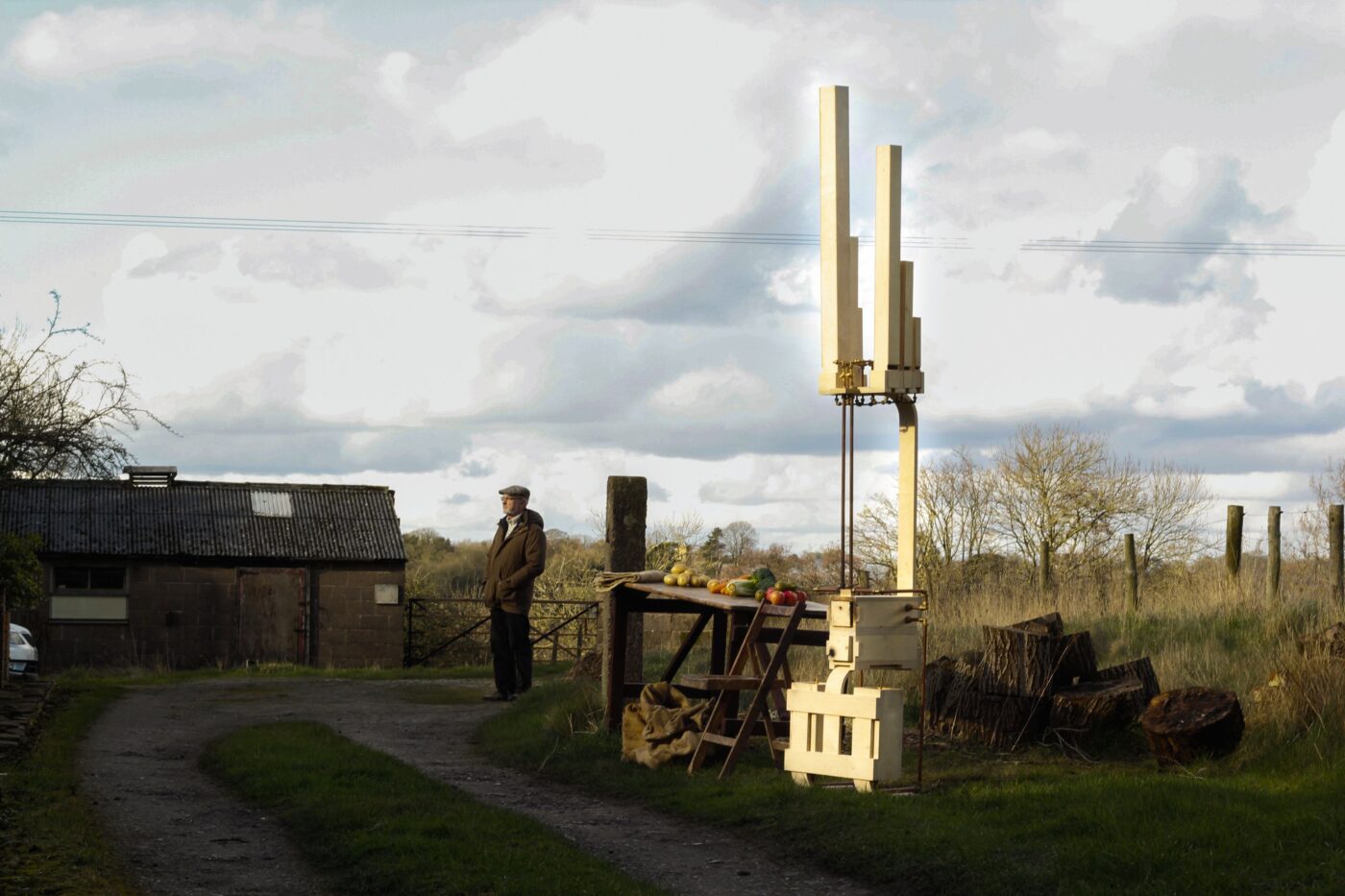
I also think Walden embodies a ritual we don’t see anymore. I think there were more rituals around money when it had a physical characteristic to it. The life beyond the operation is gone. When a financial transaction is visible and there is a physical process, it is easier for it to manifest itself beyond its intended existence. Oh, and it’s also just burning shit, as well.
It’s very different to the kind of work a futurist or someone in a corporate innovation department might do when they’re thinking of future alternatives to money. How do you think these groups approach the future differently?
I think the biggest difference is related to the generative side of work – and to a certain extent, agency in the corporate world. Many corporate innovation departments are reliant on market forces. Futurists are looking at what is going to happen going forwards, whereas speculative designers want to create rather than predict. They are a lot like artists in that they have agency and freedom as to the focus and time that they have.
As one of very few designers actively engaged in this area of research, you must have garnered some traction among those in the financial sector. How have you been received there?
I think I was originally received as light entertainment. Within the payments sphere in 2009 everyone was wearing a suit. It was corporate, dusty, and reserved. I was the guy who came along wearing the T-shirt and jeans to talk about the future. Sure, I was light entertainment, but I also think I allowed people to live what they wanted to do through me – to a certain extent. As time went on, I founded the Future of Money Awards, which got quite a lot of respect within the industry. We spoke about current trends with a critical eye. It framed their thinking into a greater mindset which wasn’t solely focused on technical problems. From light entertainment to, “Oh, there might be something to this actually…”
I’m going to do something I shouldn’t now… and ask you to stop being an artist, and step into the shoes of a futurist. And not one of those futurists who shies away from predictions like my colleagues at the Institute – I want you to engage in heresy and predict! Which of the three axioms underpinning money do you see as being the most likely to shift in the future?
When you think future of money, you automatically go to what is expected. The other day, I came across something purporting to be the ‘future of money’ on my feed. It was NFC chips in little antennas being placed onto human nails, so that people could pay by nail-contact. I think that’s what the industry would define as the future of money.
I think talking about the ‘future’ is a misnomer. Whether we can think of alternatives, that’s another thing. The radical thing I like about the Walden note money is that we create money ourselves – we have the agency to do that. I think that’s fairly unique, because it would be extremely difficult to practically implement.
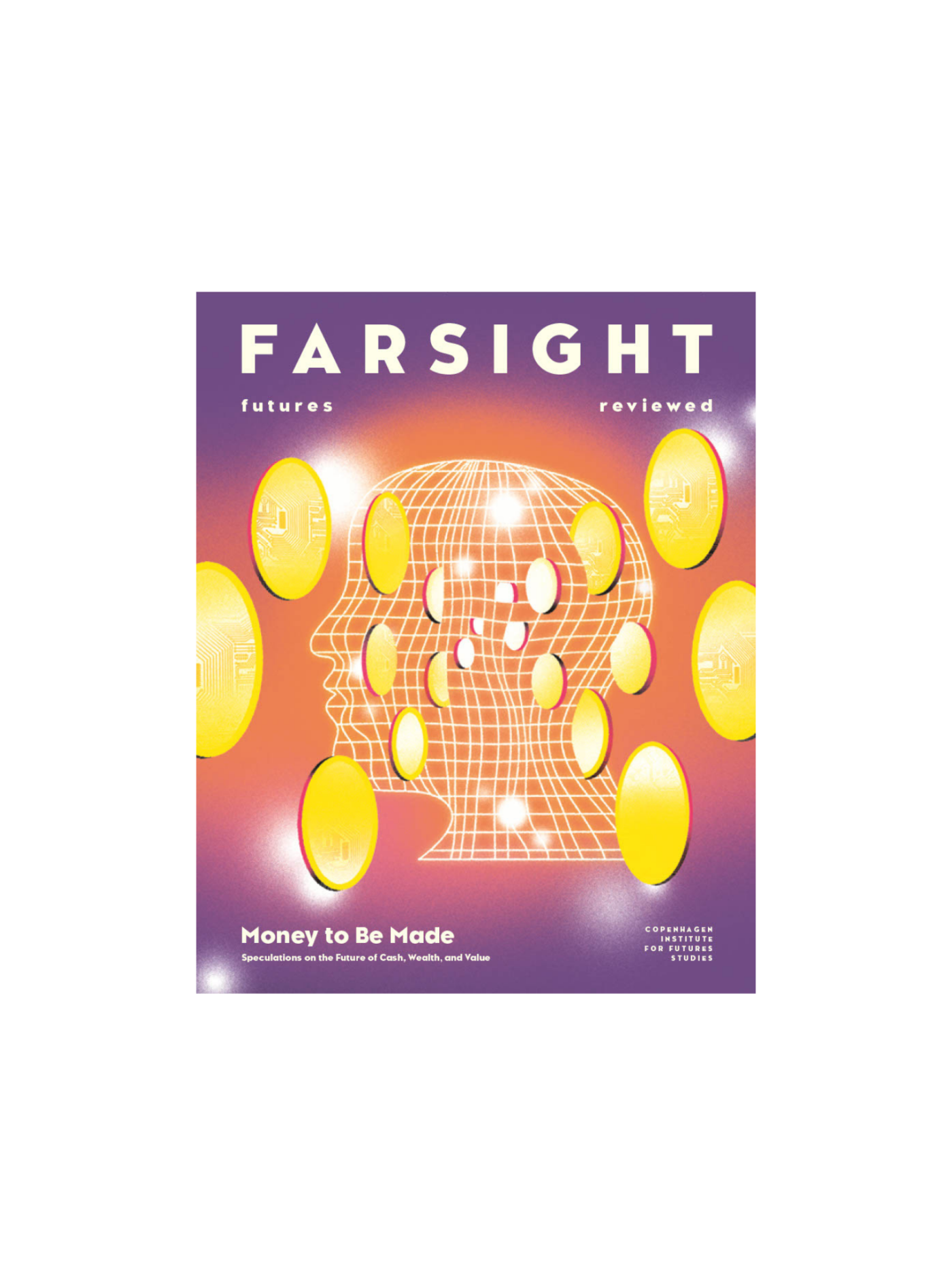
This article was first published in Issue 12: Money to be Made.